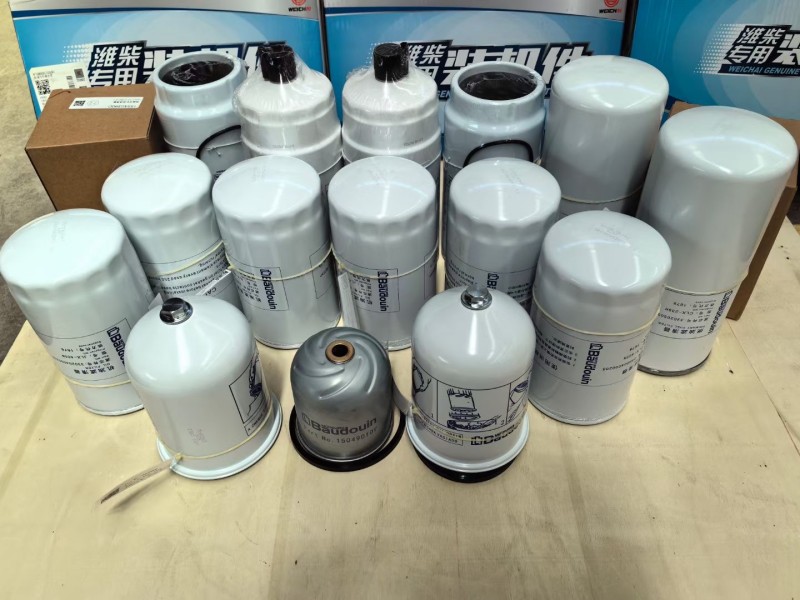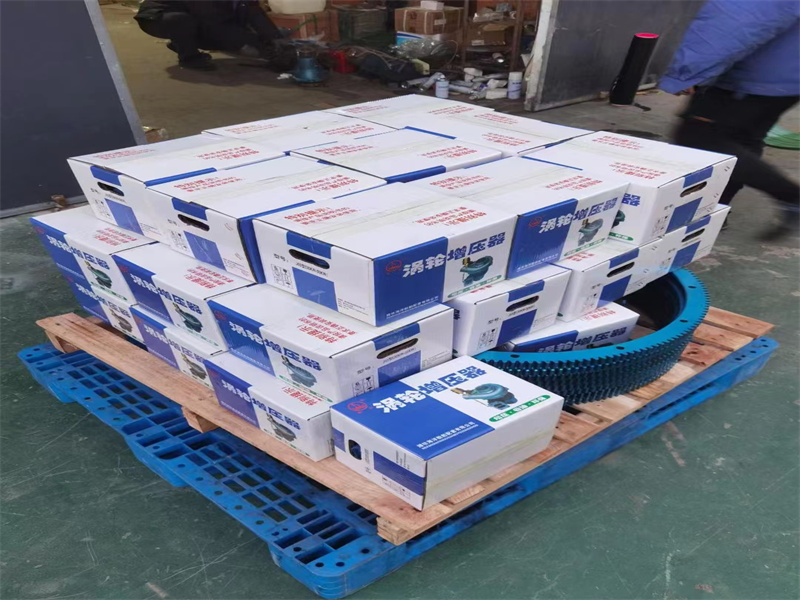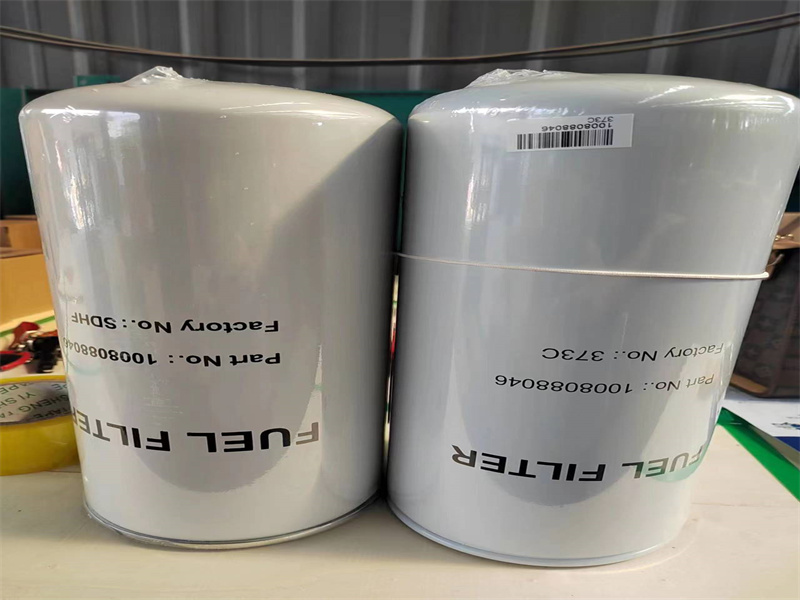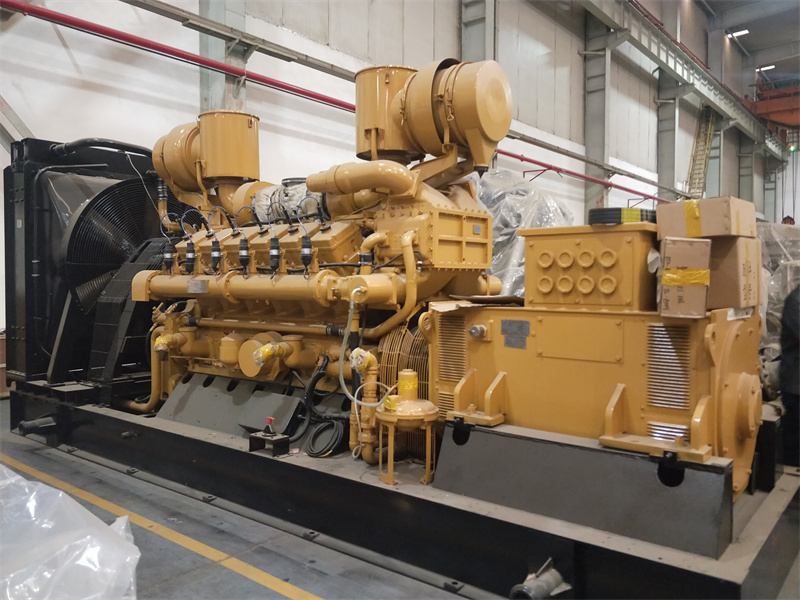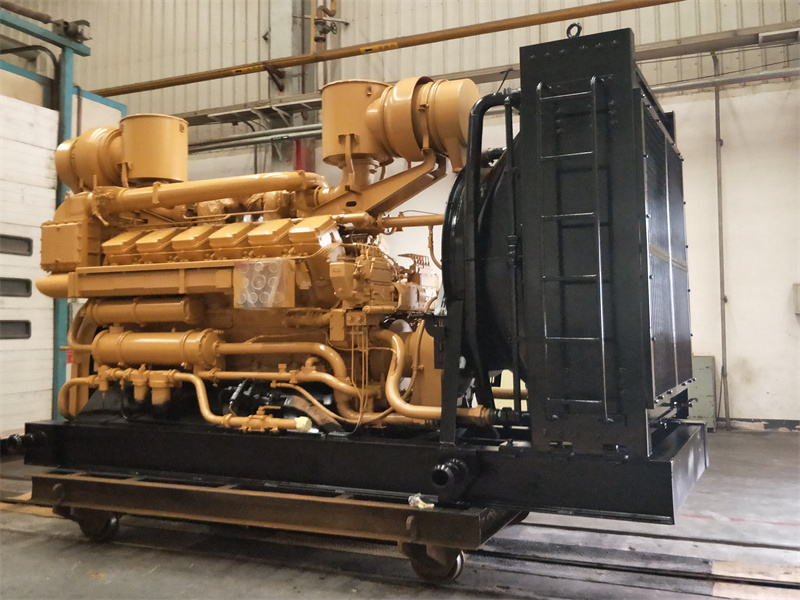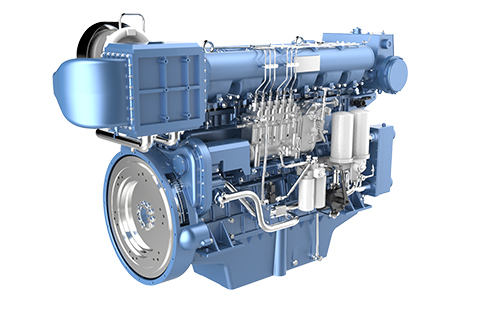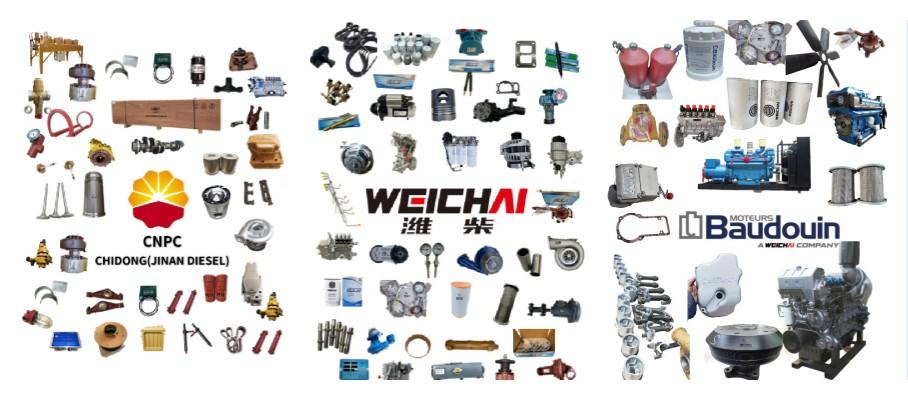Welcome to Shandong Hongfan Power Technology Co.,Ltd
Data Required for a Biogas Plant Proposal
When planning to utilize existing waste to build a biogas plant, there are several important factors that must be taken into account. These factors can generally be divided into four main categories:
Quantity & Quality of Substrate
Biogas Utilization Method
Current Energy Consumption in Your Farm/Factory
Local Conditions
Let’s take a closer look at each one:
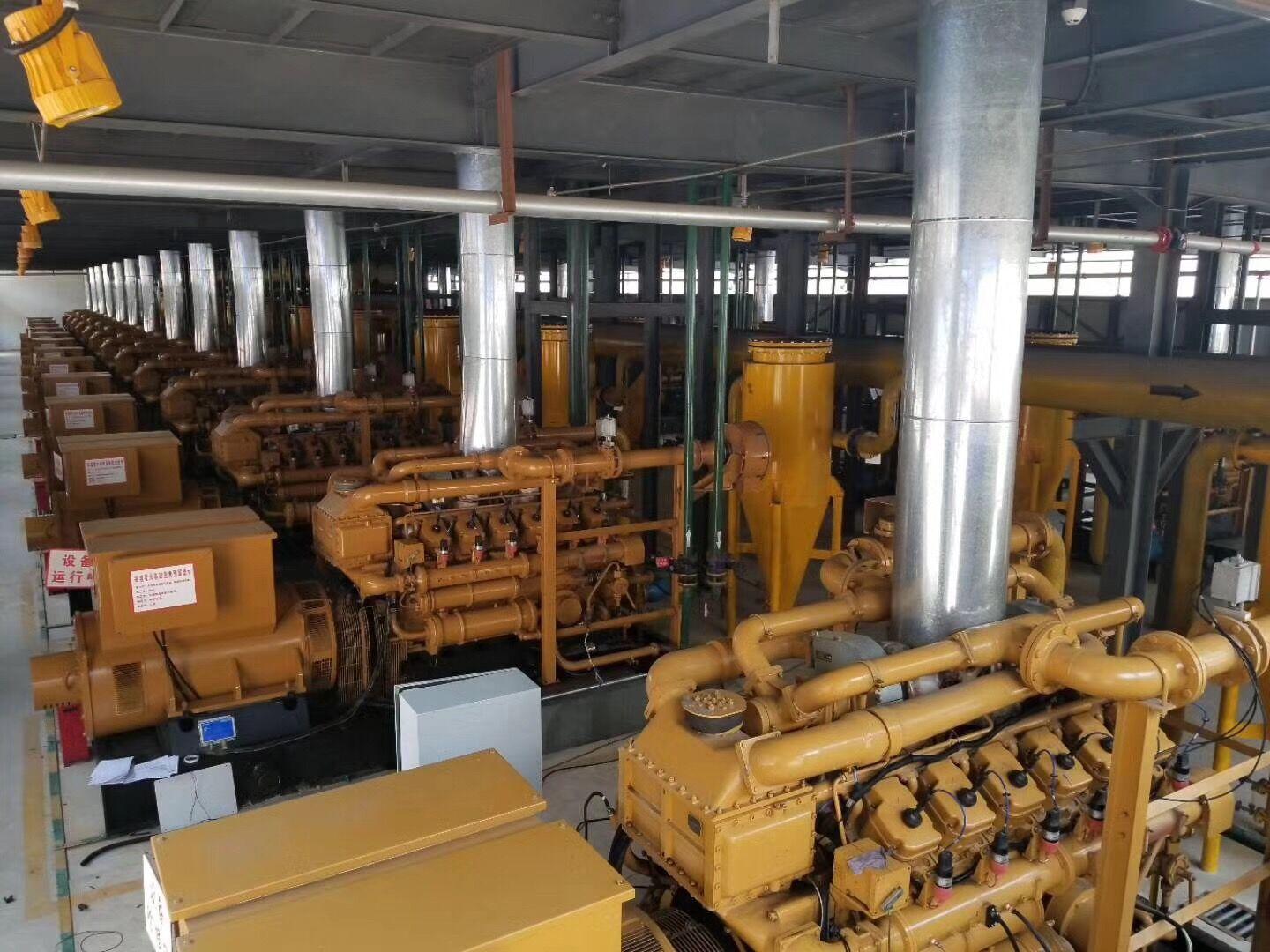
1. Quantity & Quality of Substrate
First, it is essential to thoroughly understand the type and characteristics of the substrate. Is it alcohol waste, cassava residue, or wastewater? How many tons are produced per day?
In addition, the following data are required:
Total Solids (TS %)
Volatile Solids (VS %)
Suspended Solids (SS %)
Temperature (℃)
Chemical Oxygen Demand (COD, mg/L)
Biological Oxygen Demand (BOD, mg/L)
Sulfate (SO₄²⁻, mg/L)
Impurities
Particle size
Seasonal variation in substrate composition
In short, a detailed understanding of the substrate’s physical and chemical properties is essential.
2. Biogas Utilization Method
The second part involves determining how the biogas will be used. Will it be used to generate electricity for connection to the state grid or for self-consumption?
If for self-use:
What is the distance from the plant to the distribution room?
Other questions to consider:
Do you intend to upgrade the biogas for use as vehicle fuel or to inject into the natural gas grid?
How will the substrate be collected and transported to the plant?
Are there any existing waste/wastewater storage tanks or separation devices?
These are all important considerations when introducing biogas generator.
3. Current Energy Consumption in Your Farm/Factory
In the third section, we analyze the current energy demands:
How much electricity is consumed?
What are the primary electricity-consuming devices or processes?
How much heat is required?
What are the main consumers of heat?
This information is critical for determining how much energy the biogas system needs to produce.
4. Local Conditions
The final part relates to local environmental and regulatory conditions, including:
Land availability for building the biogas plant
Available farmland for applying the liquid digestate as fertilizer
Local discharge standards and environmental regulations
Climate data (average temperature, lowest temperature, wind, rainfall, etc.)
Local electricity and heat prices
Ground conditions (e.g., soil bearing capacity)
In addition, a cost-benefit analysis comparing the investment in building the plant and the expected output is essential.
If you’re interested in understanding the cost of a gas generator, please refer to our article: “How Much Does It Cost to Run a Gas Generator”. You can also review the excel version of the questionnaire we’ve provided for further details.
 Data required for biogas generation(1).xls
Data required for biogas generation(1).xls
Gas generators Articles Collection:
